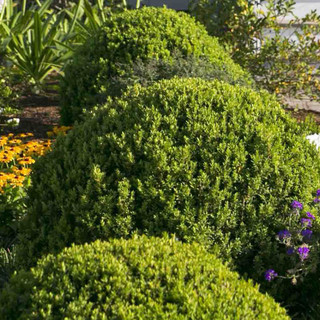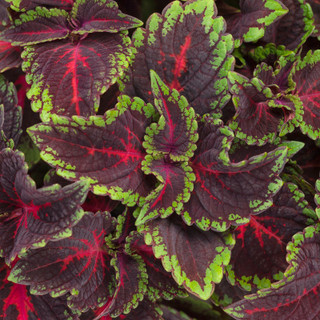
Impatiens
Uses:
- Perfect For Shady Areas!
- Border Plants
- Containers
Features:
- Low Maintenance
- Colorful Flowers
- Attracts Birds & Butterflies
Sunlight:
- Full Shade to Partial Sun
- Less Than 5 Hours of Direct Sun
- North or East Sides of Homes
Impatiens are the perfect plant to bring colorful flowers to shady areas! With long lasting blooms, impatiens can be used as border plants, bedding plants or in containers.
Why Buy Impatiens Online?
Impatiens is a genus of flowering plants with more than 1,000 species within the family Balsaminaceae. This plant is a favorite for its nonstop colorful blooming the entire growing season. Its blue green foliage and blooms of red, purple, blue, white, orange, pink, or yellow make it stand out from other companion plants. There are main two types of Impatiens flowers, Impatiens wallerina and New Guinea Impatiens (Impatiens hawkeri). We offer both within the top impatiens series in the trade including Rockapulco®, SunPatiens®, Roller Coaster, and Infinity®, each with high tolerance to heat and humidity and resistance to powdery mildew.
Beautiful groundcover
Brightens a dark area in your yard
Works well with combinations of plants
Available in many different colors
Typically grows 8-24 inches tall, yet is compact
About Impatiens

Jewelweed, Touch-me-not, Snapweed, Patience, Busy Lizzie, Patient Lucy, and Sultana
Asia, Africa, and the Americas
Annuals
Deciduous, Herbaceouss
6 - 9
Pink, red, white, purple, orange, bi-color
Late spring to fall
Clumping, Spreading, Upright, Mounded
Bees, Butterflies
Humidity
Mildews, root rot, aphids, whiteflies, spider mites
How To Use Impatiens In The Garden
Impatiens, encompassing over 1,000 species, are herbaceous perennials in USDA zones 10-11 but are commonly grown as annuals elsewhere. These plants reach up to 16 inches high and display a spectrum of colors including white, red, pink, violet, coral, purple, and yellow. Impatiens hold a compact form with self-cleaning blooms that require little maintenance. Their preference for shaded environments makes them ideal for gardens with limited sunlight.
Place impatiens beneath tree canopies or along borders where their cheery hues can lift dim corners. Let them mingle with shade perennials like ferns or hostas for pleasing textural contrast. In hanging baskets or window boxes, they can elegantly drape over edges. When planted closely in containers, they grow taller, while spacing them out allows for broader coverage as groundcover.
Impatiens Care
Impatiens should be planted after the last frost, as they are sensitive to cold temperatures. Select a shady location with rich, moist, well-drained soil. Regular watering is essential, as impatiens are not drought tolerant and will quickly wilt if the soil dries out. Applying a slow-release granular fertilizer at planting time, followed by another application mid-summer, supports continuous blooming.
Pruning impatiens is generally unnecessary, but trimming leggy stems can promote bushier growth and more flowers. Potted impatiens need rich, well-draining soil and part shade, with 2 to 4 hours of filtered light during the morning and shade in the afternoon. In colder regions, potted impatiens can be brought indoors to overwinter; cut back the stems to about 3 inches in length and place them in a south-facing window, watering when the top layer of soil feels slightly dry.
Learn More About Impatiens

Impatien Companion Plants
Moist, well‑drained soil rich in organic matter and a location that receives dappled to full shade support healthy impatiens. Hydrangea supplies large, early‑season blossoms and a leafy backdrop that echoes impatiens’ thirst for shade, while hosta’s broad, sculpted foliage masks the bare stems beneath and thrives in the same cool, consistently damp ground. Coleus contributes long‑season leaf color that pops against impatiens’ petals, and shade‑tolerant caladium slips between plants with striking, heart‑shaped leaves. All four companions share similar root‑zone moisture needs and low‑maintenance care.





































